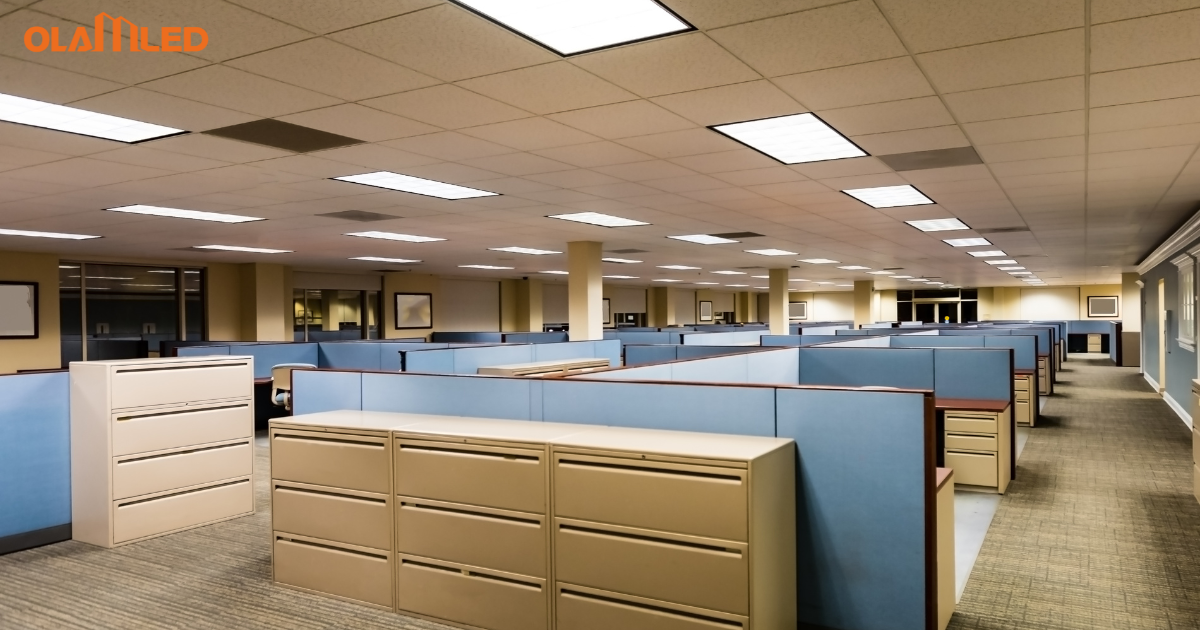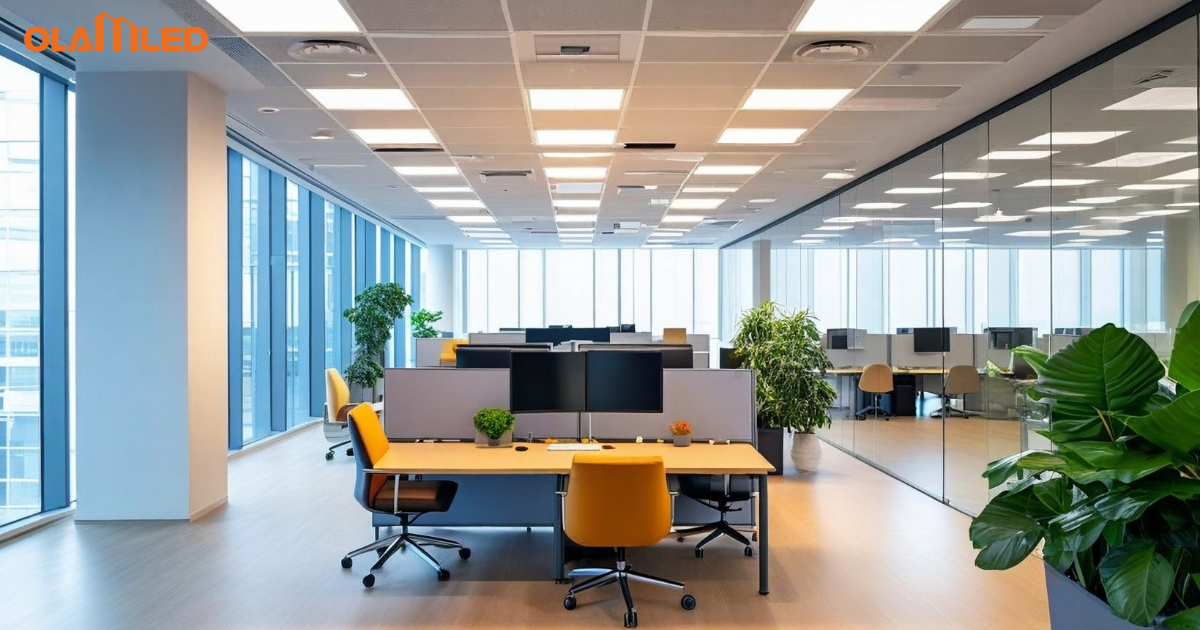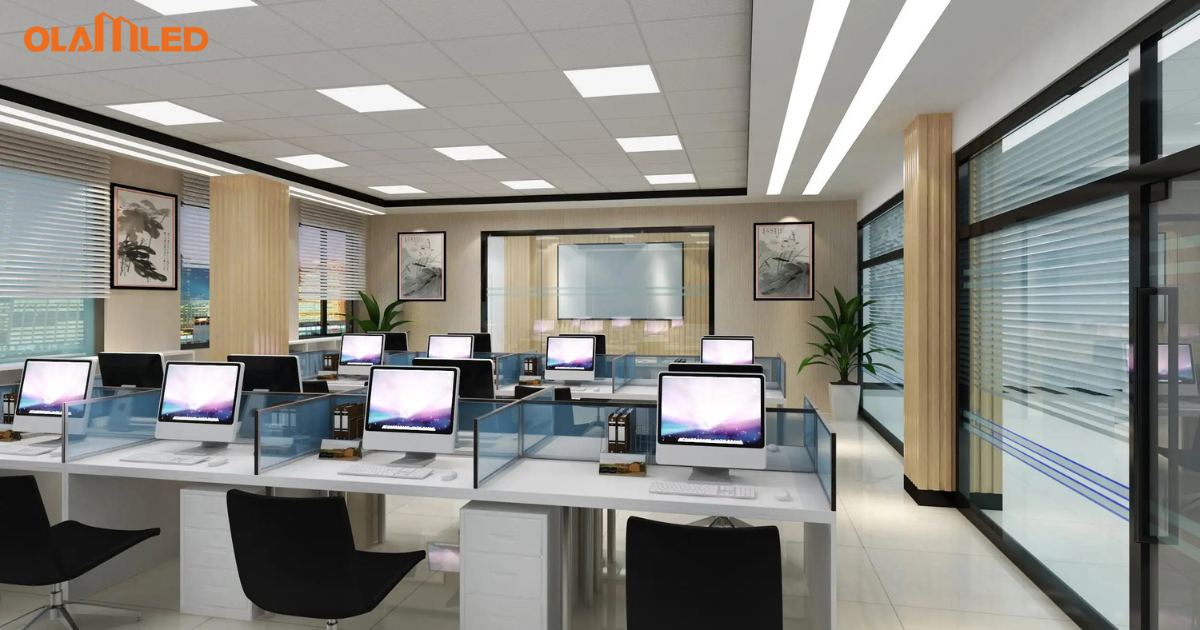There is one part of the smart home that is most easily ignored by us, that is the lighting system.
Smart home lighting system, not only simple lighting, under the development of modern science and technology, light is not only light, driven by consumption and health, intelligent lighting system to a higher level, then, applied to the home of intelligent lighting and traditional lighting what is the difference?
Let me take you to understand the various aspects of smart lighting.
Smart Lighting
Definition
Smart lighting refers to lighting systems that can be controlled and managed through advanced technologies like the Internet of Things (IoT).
These systems often include smart bulbs, sensors, controllers, and software platforms, allowing remote control and automation via smartphones, tablets, or voice assistants.
Features
1.Remote Control : Users can control the lighting remotely using mobile apps or smart home devices like Amazon Alexa or Google Assistant.
2.Automation : Lighting can be automated based on schedules, occupancy, daylight availability, or other environmental factors.
3.Energy Efficiency : Smart lighting systems optimize energy usage by adjusting light levels based on real-time data, thus reducing energy consumption and costs.
4.Customization : Users can adjust the color temperature, brightness, and even create lighting scenes to suit different moods and activities.
5.Integration : Smart lighting can be integrated with other smart home systems, such as security systems, HVAC, and entertainment systems, for a seamless user experience.
Benefits
- Convenience: Easily control and customize lighting settings.
- Cost Savings: Reduced energy consumption leads to lower electricity bills.
- Enhanced Security: Automated lighting can deter intruders by simulating occupancy.
- Improved Well-being: Adjusting lighting based on time of day can improve sleep patterns and overall well-being.
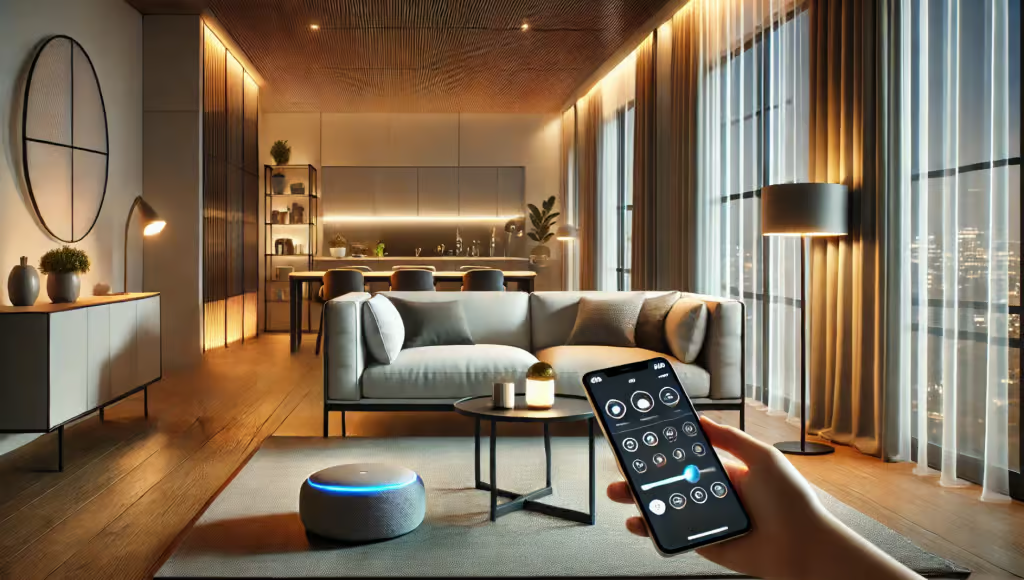
Disadvantages of Smart Lighting
1.Complex Installation : Setting up smart lighting systems can be complicated and may require professional installation, which can be a barrier for some users.
2.High Initial Costs : Smart lighting products are often more expensive than traditional lighting solutions, making them less accessible to budget-conscious consumers.
3.Compatibility Issues : Not all smart lighting products are compatible with every smart home system, which can lead to frustration and additional costs if upgrades or changes are needed.
4.Reliance on Internet Connectivity : Many smart lighting systems depend on a stable internet connection to function properly. Any disruptions in connectivity can lead to loss of control or functionality.
5.Security and Privacy Concerns : As with any connected device, smart lighting systems can be vulnerable to hacking or unauthorized access, potentially compromising user privacy.
6.Learning Curve : Users may need time to learn how to effectively use and customize smart lighting systems, which can be a deterrent for those who prefer simple, plug-and-play solutions.
7.Maintenance and Upgrades : Smart lighting systems may require regular software updates and maintenance to ensure optimal performance, which can be inconvenient for some users.
8.Energy Consumption : While smart lighting can be energy-efficient when used correctly, the additional devices (such as hubs and sensors) required for operation may increase overall energy consumption.
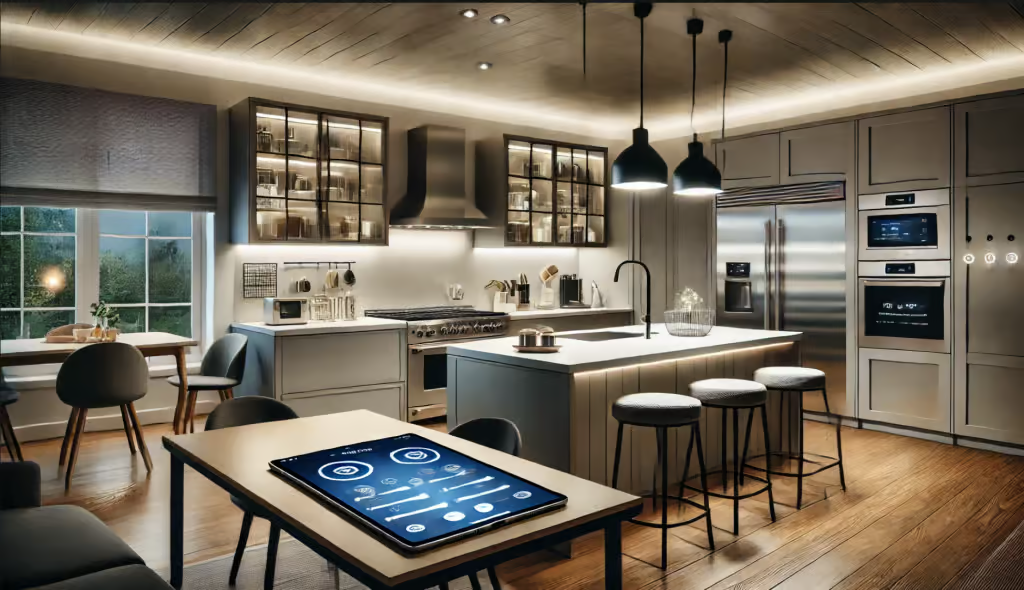
Human-Centric Lighting (HCL)
Definition
Human-centric lighting, also known as “circadian lighting,” focuses more on humans and intelligent lighting solutions that meet human needs.
Science has proven that light can affect a person’s biological clock to a certain extent, thereby influencing emotions, visual sensitivity, work, and study efficiency.
Human-centric lighting aims to provide a healthy and comfortable lighting environment based on human biological rhythms and psychological changes.
The effects of light on the human body can be divided into visual and non-visual effects. The former affects visual health, while the latter influences the body’s circadian rhythms.
Research indicates that the human eye selectively filters light. For example, visual fatigue or macular degeneration is primarily influenced by blue light.
However, not all blue light is harmful; there are specific standards for blue light hazards.
Features
1.Circadian Rhythm Support : Lighting that changes color temperature and intensity throughout the day to align with natural sunlight patterns.
2.Enhanced Mood and Productivity : Proper lighting can boost mood, enhance concentration, and improve productivity, especially in workplaces and educational environments.
3.Health Benefits : Exposure to appropriate light levels can improve sleep quality, reduce stress, and support mental health.
4.Adaptability : Systems can be adjusted to meet the specific needs of different environments, such as homes, offices, hospitals, and schools.
Benefits
- Improved Sleep: Lighting that supports natural sleep-wake cycles can lead to better sleep quality.
- Enhanced Performance: Proper lighting can improve focus, alertness, and performance, particularly in work and study settings.
- Health and Well-being: Reducing exposure to harsh or inappropriate lighting can reduce eye strain and headaches, contributing to overall well-being.
- Customizable Environment: Lighting can be tailored to individual preferences and needs, creating a more comfortable and productive environment.
Applications
- Residential: Creating comfortable living spaces that support relaxation and sleep.
- Commercial: Enhancing employee productivity and well-being in offices.
- Healthcare: Supporting patient recovery and well-being in hospitals.
- Education: Improving concentration and learning outcomes in schools.
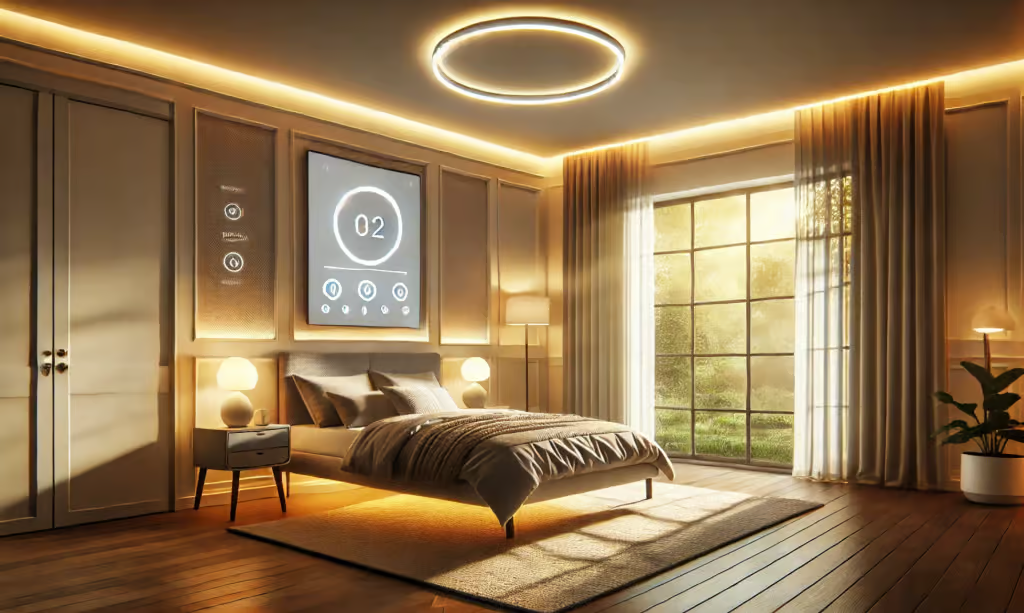
Early Research on Human-Centric Lighting
Early research on human-centric lighting defined it as the perfect fusion of lighting, climate, and space. Human-centric lighting aims not only to provide various colors of artificial light but also to intelligently synthesize light that closely resembles natural light.
Current Smart Lighting Products and Their Challenges
In fact, many smart lighting products on the market today incorporate elements of human-centric lighting, which has propelled the application of this technology.
However, for smart lighting to become a necessity, two major challenges need to be addressed:
1. Complex Installation
With the current technology, installing smart lighting systems is relatively complex. Additionally, the general public has not yet developed a strong awareness or habit of using smart lighting devices.
The market still leans more towards traditional lighting solutions.
2. High Costs
During the research and development stages, companies invest significant funds and technical resources into smart lighting technology.
As a result, smart lighting products are priced higher than traditional lighting products, making them less accessible to the general public.
Since smart lighting is still in its infancy and not widely recognized, most people remain cautious and prefer to stick with traditional lighting equipment.
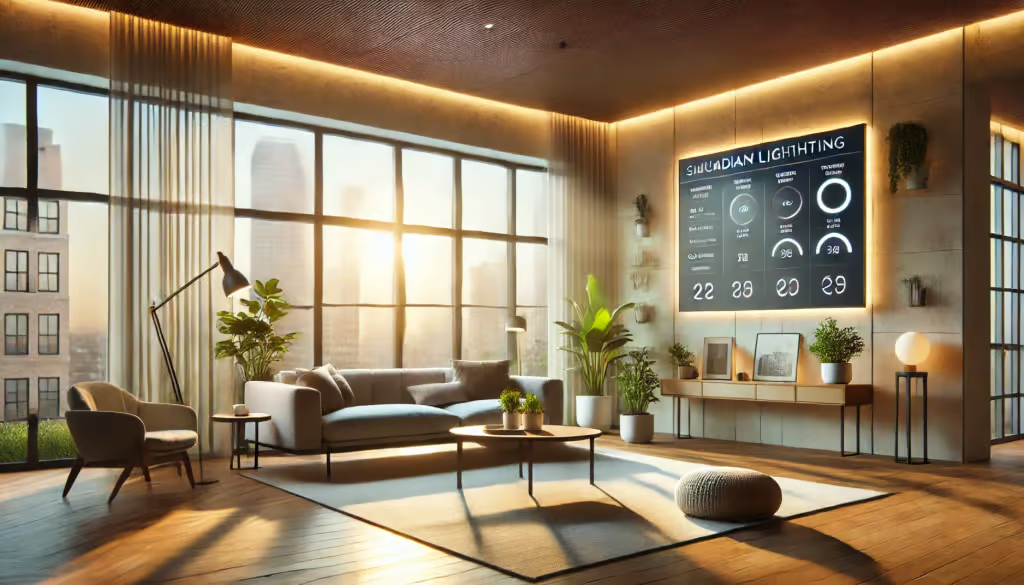
Conclusion
The Future of Smart Lighting: Towards Human-Centric Illumination
Although smart lighting is currently in its early stages, it will become increasingly intelligent as technology continues to advance.
The ultimate goal of smart lighting is human-centric lighting—making people’s lives healthier and more comfortable. Smart lighting is not just about illumination; it aims to enhance overall living comfort.
Embracing Smart and Human-Centric Lighting at OLAMLED
As the founder of OLAMLED, I am deeply passionate about the transformative potential of smart lighting and human-centric lighting.
These technologies represent not only the future of lighting but also a significant opportunity to enhance the quality of life for our customers.
Vision for Smart Lighting
Smart lighting is revolutionizing how we interact with our environments.
At OLAMLED, we recognize the immense benefits it brings, including convenience, energy efficiency, and the ability to create customizable lighting experiences.
Our goal is to integrate advanced technologies that allow users to control their lighting through smartphones, voice assistants, and automated systems.
This integration not only simplifies everyday life but also helps in reducing energy consumption and costs.
Commitment to Human-Centric Lighting
Human-centric lighting, or circadian lighting, aligns with our commitment to improving well-being.
Scientific research has shown that lighting can significantly impact our biological rhythms, mood, and productivity.
By developing products that mimic natural light patterns, we aim to support healthier lifestyles.
This involves creating lighting solutions that adapt throughout the day to enhance concentration during work hours, promote relaxation in the evening, and support restful sleep at night.
